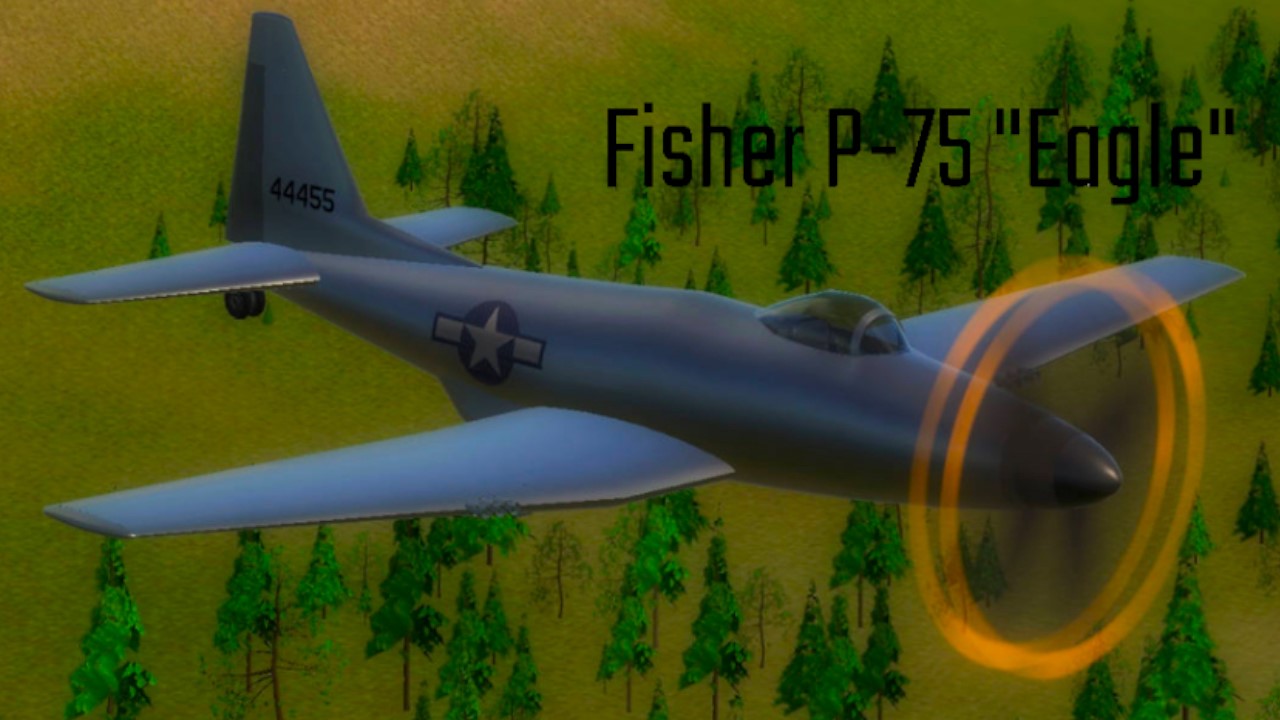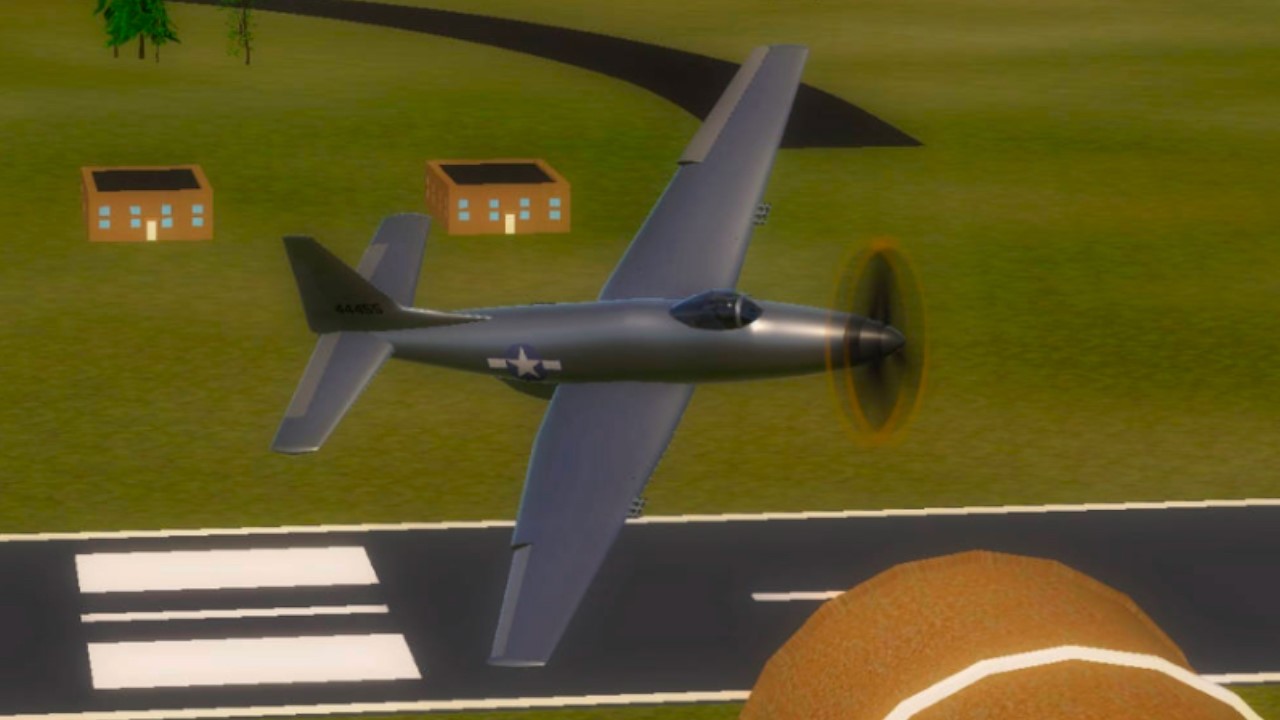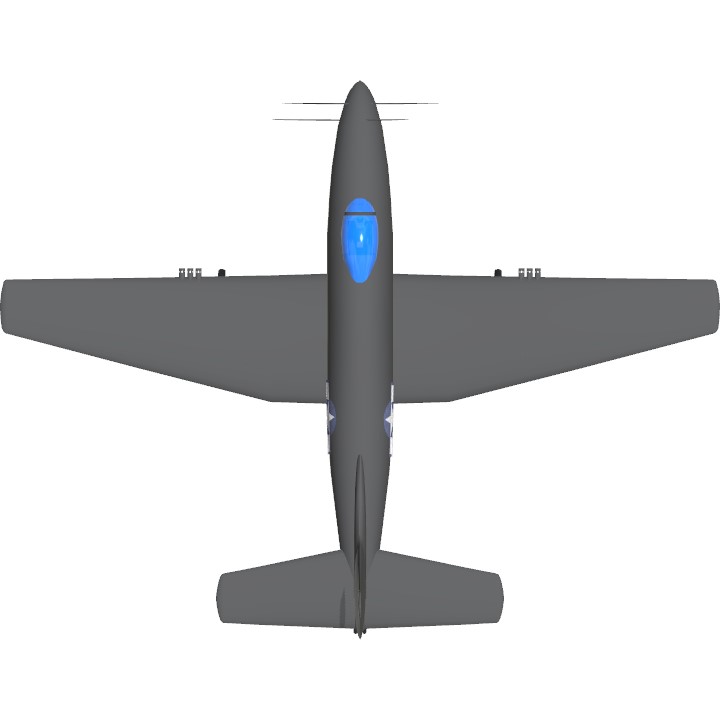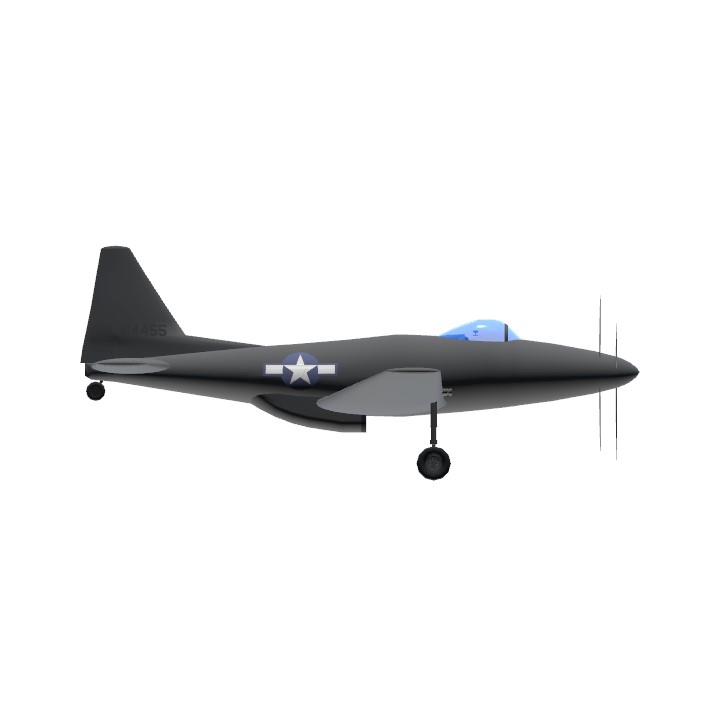last build before my short leaving
Introductions:
The Fisher P-75 Eagle was an American fighter aircraft designed by the Fisher Body Division of General Motors. Development started in September 1942 in response to United States Army Air Forces requirement for a fighter possessing an extremely high rate of climb, using the most powerful liquid-cooled engine then available, the Allison V-3420. The program was cancelled after only a small number of prototypes and production aircraft had been completed, as it was no longer required in its original role, could not be quickly deployed, and possessed no significant advantages over aircraft already in production.
In October 1942, the contract for two prototypes, designated "XP-75", was signed with the Fisher Body Division of GM. The design concept was to use the outer wing panels from the North American P-51 Mustang, the tail assembly from the Douglas A-24 (SBD), and the undercarriage from the Vought F4U Corsair in a general layout much as in the Bell P-39 Airacobra with the engine located amidships with the contra-rotating propellers driven through extension shafts. At an early design stage, however, Curtiss P-40 Warhawk outer wing panels were substituted for the P-51 panels.
In mid-1943, the need for long-range escort fighters became more urgent than fast climbing interceptors so a decision was made to order six more XP-75 airplanes modified for the long-range role. At this time, an order for 2,500 production aircraft was also let, but with the stipulation that if the first P-75A was not satisfactory the complete order might be canceled.
Largely thanks to Apollo018362 for the screenshots!
That’s it
Specifications
General Characteristics
- Created On iOS
- Wingspan 35.9ft (10.9m)
- Length 27.9ft (8.5m)
- Height 11.4ft (3.5m)
- Empty Weight 4,969lbs (2,254kg)
- Loaded Weight 6,328lbs (2,870kg)
Performance
- Horse Power/Weight Ratio 0.316
- Wing Loading 27.9lbs/ft2 (136.3kg/m2)
- Wing Area 226.7ft2 (21.1m2)
- Drag Points 2785
Parts
- Number of Parts 231
- Control Surfaces 7
- Performance Cost 963







Tag request: (I forgor that)
@HanakoSan
@DatTrainAndCarGuy19
have a good rest ( ^▽^ )
@GXSTATS we dont talk abt that
What's with the avatar
YAY me favorite